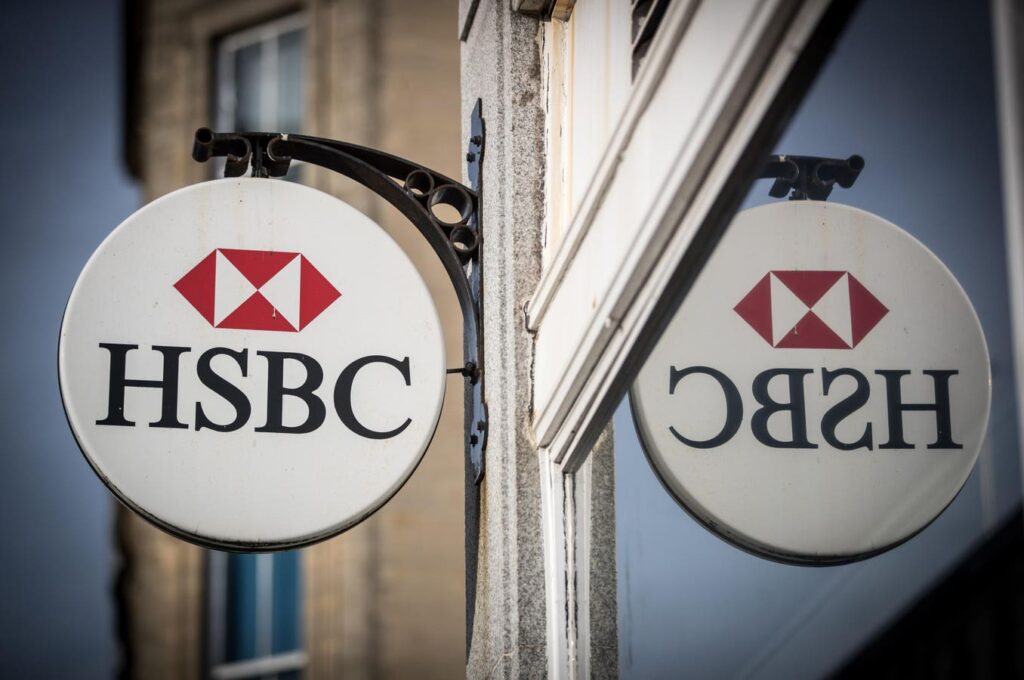HSBC saw a significant rise in its shares on Tuesday, bolstered by the announcement of a $3 billion share buyback scheme along with impressive third-quarter results that exceeded market estimates. The bank’s stock traded at 727.4p per share, reflecting a 5.1% increase for the day. Despite a notable decline in net interest income, which dropped 17% from July to September to $7.6 billion, the overall revenue performance remained strong. The decrease in net interest income was attributed to multiple factors including business disposals and higher interest expenses. However, revenues rose 5% year-on-year to $17 billion, benefiting from elevated customer activity in Wealth products amid capital market volatility and an uptick in trading across Global Banking and Markets segments.
HSBC experienced a pre-tax profit increase to $8.5 billion, up from $7.6 billion in the same quarter last year, which outstripped expectations of flat profits. The bank cited that its investments in technology and the pressures of inflation led to a 2% rise in operating expenses, totaling $8.1 billion. Additionally, HSBC reported improved capital ratios, with the CET1 capital ratio increasing to 15.2%, signaling a stronger capital position. Along with a quarterly dividend of 10 US cents per share, HSBC reaffirmed its commitment to returning capital to shareholders by initiating a $3 billion share repurchase plan over the next four months.
The overarching narrative from HSBC’s results was one of strategic success. Chief Executive Georges Elhedery emphasized that the bank had delivered a “good quarter,” showcasing effective implementation of its business strategy. He highlighted strong revenue growth and positive results in Wealth and Wholesale Transaction Banking as signs that HSBC was effectively leveraging its global connectivity. The bank is also undergoing structural changes to improve operational efficiency by splitting into four divisions: Hong Kong, UK, Corporate, and Institutional Banking, as well as International Wealth and Premier Banking. This organizational reshuffle aims to minimize process duplication and enhance agility in client service.
Analysts acknowledged that HSBC had surpassed expectations in various areas, particularly in Wealth and Investment Banking, where there was notable performance attributed to a surge in client activity driven by Chinese stimulus measures. This environment benefited the wealth division and increased trading activity within foreign exchange, equity, and debt markets. Commenting on the new buyback initiative, analyst Matt Britzman from Hargreaves Lansdown noted that this move reflects HSBC’s commitment to optimizing its capital structure while shedding non-core assets.
Despite the positive quarterly performance, analysts highlighted potential concerns for the future, particularly surrounding net interest income. As the U.S. interest rates no longer serve as a supportive factor, challenges related to loan growth are anticipated. Britzman indicated that such scrutiny will be essential moving forward, especially since banks are increasingly facing pressures in the current economic climate. Overall, while HSBC posted robust third-quarter results and initiated capital returns through buybacks, it must remain vigilant about evolving market conditions and their potential impact on financial performance.
In summary, HSBC’s results and associated strategies indicate a proactive approach to managing shareholder value while also striving for growth within its core markets. The bank’s efforts to enhance its operational framework and adapt to changing economic dynamics position it well for future challenges. However, as rates stabilize and the competitive landscape evolves, it will be crucial for HSBC to navigate these complexities to maintain its positive trajectory.

